USAID's Livestock Market Development project is part of the U.S. Feed the Future Initiative with a goal to end hunger and end malnourishment and chronic undernourishment. Project Mercy established a 350-acre dairy farm in the Chacha area for its good grazing and water supply to cross breed Ethiopian indigenous cattle with the Jersey breed for increased milk production.
Improving Livelihoods and Nutrition through Dairy Production
4:58
Video Transcript
(00:20) Ethiopia has the highest cattle population in Africa, at 52 million, including 10.5 million dairy cattle.
(00:26) From 2011 to 2012, Ethiopia produced an estimated 3.3 billion liters of milk.
(00:32) However, only 4.96 percent was sold in commercial markets.
(00:40) Despite the active dairy sector, individual consumption of milk in Ethiopia, at 19 liters per year, is amongst the lowest in Africa.
(00:48) This is only a fraction of the World Health Organization and Food Agriculture Organization recommended levels of 210 liters per annum.
(00:58) Ethiopia is to be known as a milk land country and now we have children that have never tasted a glass of milk in their entire life.
(01:03) Project Mercy is a faith-based not-for-profit relief and development agency;
(01:10) it was established in 1977 by Marta Gabre-Tsadick, the first woman Senator of Ethiopia under the late Emperor Haile Selassie, and her husband, Deme, after their family was forced to flee Ethiopia during the rise of communism.
(01:20) Project mercy’s vision started when we were escaping from Ethiopia.
(01:27) From there on, our life is committed to serve Ethiopians that were destitute.
(01:33) In 1993, Marta established a partnership between the Government of Ethiopia and Project Mercy,
(01:39) which allowed Project Mercy to support communities surrounding Yetebon, SNNPR and Chacha, Amhara.
(01:50) After signing the agreement with the government we gave one hundred and fifty hectares of land to Project Mercy in Chacha.
(01:53) On behalf of the government, I can say that we are ready to work together
(01:58) and expect Project Mercy to help farmers reach their potential in milk production.
(02:09) The people that we are serving in Chacha are people whose income is so very low that they cannot afford milk for their children.
(02:17) So what we are doing is to give them pregnant heifers and train them on how to take care of them.
(02:24) They’re going to pay something for it. We have to partner when we work, it’s not a handout.
(02:31) The United States Agency for International Development is supporting Project Mercy’s goal to help poor households increase their income
(02:39) and improve their families’ nutrition and health with technical assistance and training provided by experts from its Livestock Market Development project.
(02:44) USAID’s Livestock Market Development project will support Project Mercy in different ways.
(02:48) We will provide them as much as possible technical assistance.
(02:57) In assuring that Project Mercy is becoming economically valuable operation, so we have got a number of areas where we have to work with Project Mercy.
(03:09) One of these is a breeding operation where Project Mercy can breed heifers and then sell them on to the household targeted for them to produce milk and generate income.
(03:14) The second area is that Project Mercy can start producing feed and food of animals
(03:19) which is required food of animals to get for the household to really able to manage the animals and maintain them.
(03:25) Three, we are going to train their stuff on animal management and farm management.
(03:31) So number four, we support Project Mercy in assuring that the household that obtain the heifers get connected to the market.
(03:38) Fifth we need to support Project Mercy in looking investment fund on building all these operations.
(03:44) That’s how the lives of market development project will immediately have positive impact on the house of nutrition standards.
(03:55) Chacha is an area where livestock is produced and we see that increased milk productivity we get from crossing local with jersey cattle
(04:04) and see the real increase supply in productivity of milk and really and critically important to improve the nutrition among here in Ethiopians.
(04:10) We definitely are looking very excitedly to work with USAID.
(04:21) We know what USAID stands for, to help nations such as Ethiopia to better itself for the young generation of Ethiopia.
(04:39) My vision for Chacha is to have some wonderful a lots of milk giving cows for the children in this area grow healthy having had plenty of milk.
November 1, 2015
October 22, 2015







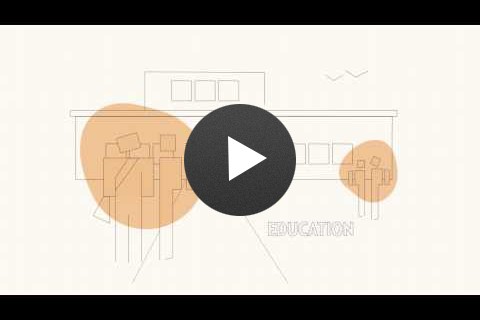
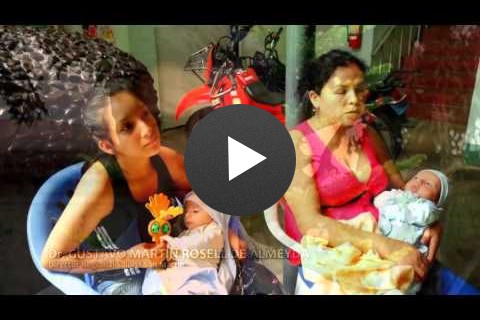
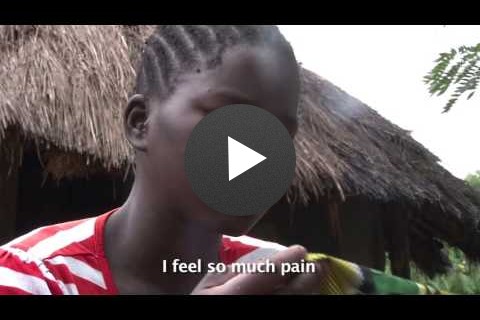
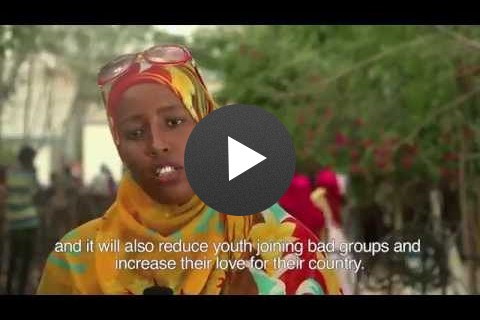
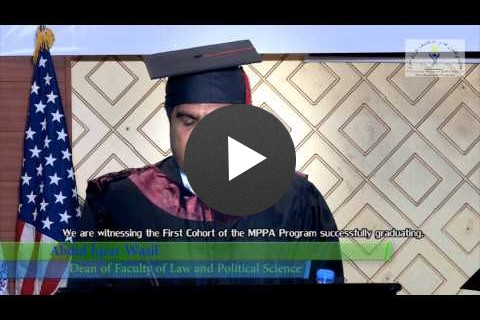
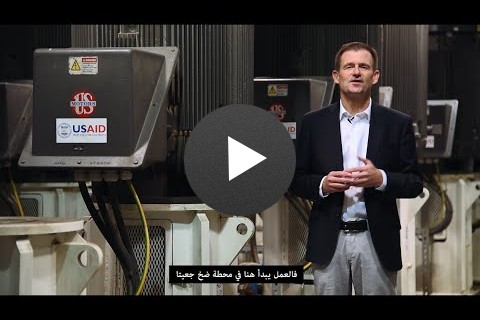
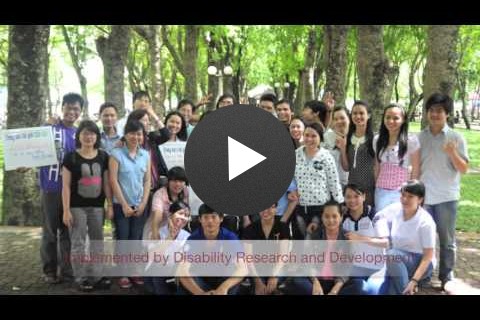
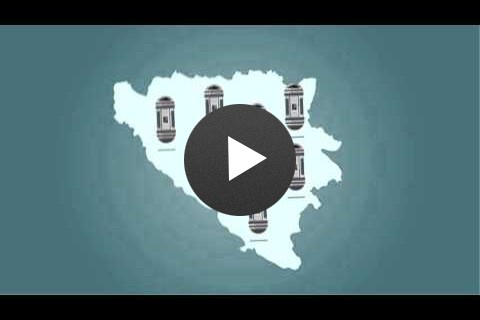
Comment
Make a general inquiry or suggest an improvement.